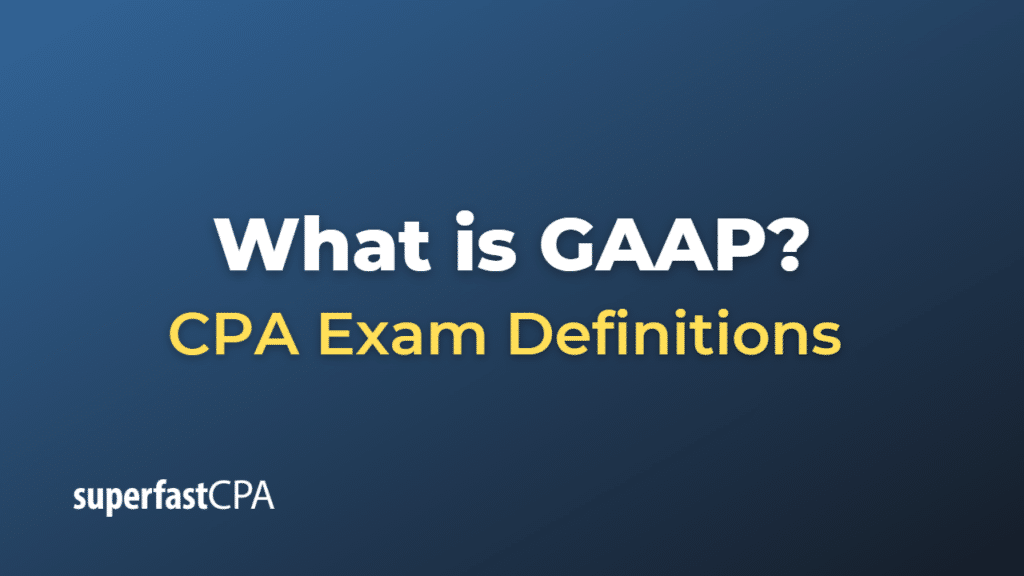GAAP
GAAP stands for Generally Accepted Accounting Principles. These are a common set of accounting principles, standards, and procedures that public companies in the U.S. must follow when they compile their financial statements.
GAAP is a combination of authoritative standards (set by policy boards) and the commonly accepted ways of recording and reporting accounting information. The purpose of GAAP is to ensure that financial reporting is transparent and consistent from one organization to another.
GAAP covers such things as revenue recognition, balance sheet item classification, and outstanding share measurements. Public companies, nonprofit organizations, and governments use GAAP for financial reporting.
GAAP principles are designed to ensure the following factors are achieved in the preparation of financial statements:
- Relevance: Information is relevant if it would be useful to users in making their economic decisions.
- Reliability: Information is reliable if it is free from material error and bias, and faithfully represents what it purports to represent.
- Comparability: Users must be able to compare the financial statements of a company over time to identify trends.
- Understandability: The financial statements are clearly presented.
It’s worth noting that the Financial Accounting Standards Board (FASB) is the organization that develops and maintains GAAP in the United States. Internationally, similar functions are performed by the International Financial Reporting Standards (IFRS), which is governed by the International Accounting Standards Board (IASB).
Example of GAAP
Let’s look at an example of the application of a GAAP principle: the revenue recognition principle.
The revenue recognition principle under GAAP dictates that revenues are recognized when earned, not necessarily when received. This principle provides guidelines for when a company can record revenue in its accounting ledger and then report it on its income statement.
Suppose you run a web design business, and in December 2023, you sign a contract with a client to redesign their website. You receive $2,000 upfront, but the project won’t be completed until February 2024.
Under the revenue recognition principle, even though you’ve received payment in December 2023, you wouldn’t record this as revenue in 2023 because the work hasn’t been completed. You’d wait until February 2024 when the website is finished (the point at which the revenue is earned) to record the $2,000 as revenue.
This principle helps ensure that revenues and expenses are aligned in the same accounting period, providing a more accurate picture of a company’s financial performance during that period.
This is a simplified example, but it demonstrates how GAAP principles guide companies in accurately recording and reporting their financial transactions. Note that revenue recognition can get much more complex depending on the terms of contracts and the specific nature of a company’s operations.













